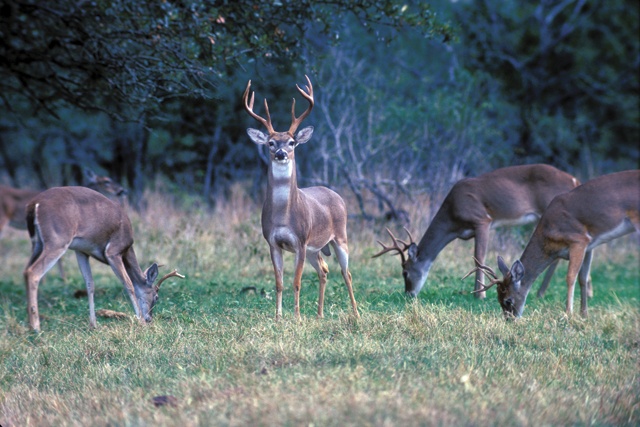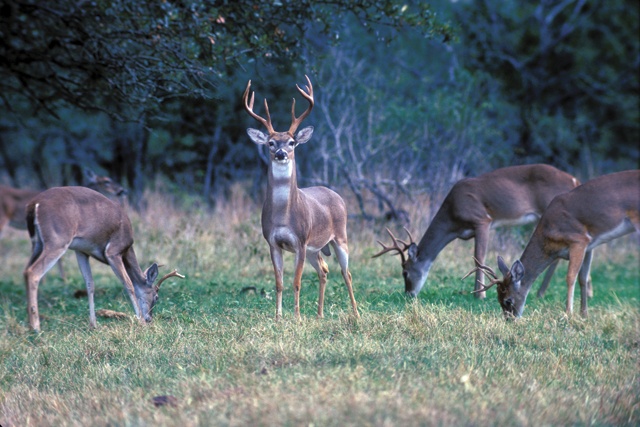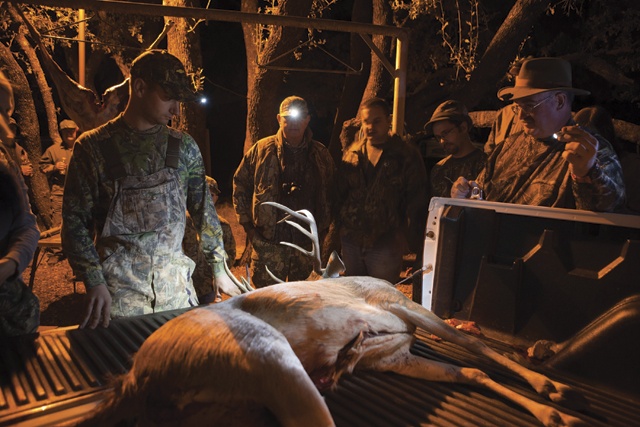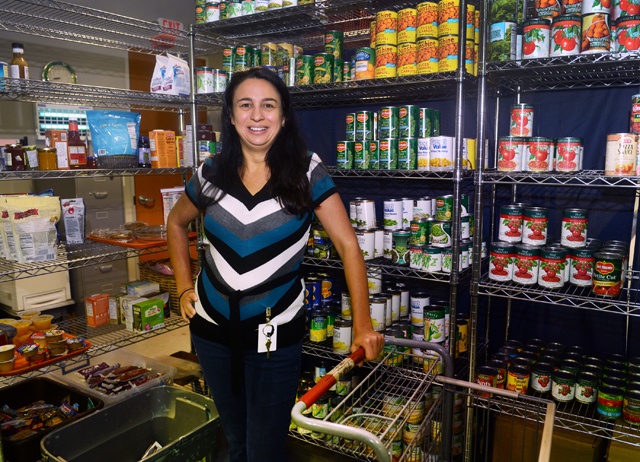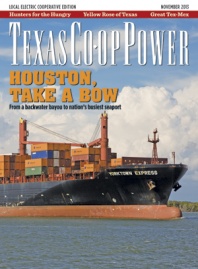When I was a kid, my mother mostly refused to throw some breading on a hunk of venison and toss it into a cast-iron skillet to fry. She was no vegetarian, of course. There aren’t many vegetarians traipsing around out there when there are hungry mouths to feed and only a vague idea where the next meal is coming from.
Ducks, fish, quail, squirrels, even squirrel brains, were fair game at our house. But deer, for some reason, she just wouldn’t do, even though we totaled eight people squeezed into a tiny, one-bathroom house living on a preacher’s salary when that salary was barely triple digits in a month.
We got by, as most rural families did after World War II, with chickens, butter, fat hogs, canned pickles and vegetables that church members dropped off in lieu of actual cash and some we grew ourselves.
I still remember my dad putting on all his warm clothes on icy winter mornings to slog across the highway to our neighbor’s pasture where he’d stashed a Jersey cow that pumped out the gallon or so of fresh milk four kids needed every day.
It was a grand example of the circle of life. We lived on the land, and the land—and our neighbors—took care of us. But times and circumstances changed, as they always do, and more people moved to cities, fewer turned to the land for their sustenance and a largely rural lifestyle shifted to something my grandparents wouldn’t even recognize if they were still alive today.
But people still need people. Neighbors still help out neighbors, even as that word has taken on a more global meaning. And one group of “neighbors” are deer hunters, whose passions connect them closely to the land and whose benevolence through a movement called Hunters for the Hungry provides venison to people who need it.
The program, which operates in most states, was started by folks who saw a need and created a cooperative effort that has donated millions of pounds of fresh, ground venison to families who need protein. Hunters who participate work with local processors, which grind and package the meat for a small fee paid by hunters. The meat is then provided to local food banks and other nonprofit partners, which distribute it to families and to kitchens serving meals to those in need.
Tanya Greenough, food services program manager for Caritas of Austin, knows how much donated venison means to people needing help. “The donated meat is very popular with our community kitchen and food pantry clients,” she says. “We have a lot of clients who requested the venison. Meat is expensive, so donations from Hunters for the Hungry help lower our costs. It’s also a lean and healthy option, which is what we strive to provide.”
Anitra Hendricks, program coordinator with the Austin-based Texas Association of Community Action Agencies, agrees. “Red meat is a treat for them,” she says.
During the 2012-13 hunting season, 103 processors involved with Hunters for the Hungry in Texas delivered nearly 133,000 pounds of venison to pantries and kitchens. Statewide donations to the program peaked at 192,000 pounds in 2008-09, Hendricks says. The 2013-14 white-tailed deer general season runs November 2 until sometime in January. The close of the season varies by region.
Texas has more than 3.5 million deer and 600,000 deer hunters. Individual hunters are allowed up to five deer on their licenses each year, with some exceptions. An expanding deer population creates habitat problems for some ranches, and the Texas Parks and Wildlife Department allows more extensive hunting in those cases. Because of overpopulation in some urban areas, a number of subdivisions, especially in Central Texas, can receive special permits that allow hunting in an effort to reduce the number of deer-caused automobile accidents and deer eating homeowners’ landscaping.
“We look at this as a win-win situation,” says Hendricks. “Hunters have to have a place to take their deer, especially [with liberal harvest rules], and that’s the whole point, to take advantage of an existing resource that’s already out there.”
One issue that’s plagued Hunters for the Hungry from the beginning is the $30 to $40 charged by processors. Many large ranches gladly pay the fees to reduce deer populations on their properties, where hundreds of deer are harvested per year. Some municipalities have done the same when urban deer numbers need to be controlled.
Lee Pipkin, director of food resources for the Texas Food Bank Network, says that around San Angelo where he’s based, local providers saw funding for processing slip even as landowners experienced significant cash crop losses because of deer. “As a large relief organization, we’re striving to get that protein to as many people as possible,” Pipkin says.
The answer was to underwrite the costs of processing as much as possible. His group worked with landowners and hunters, wrote grants seeking funding and even requested money from local organizations such as Rotary Clubs.
One client of the Caritas of Austin food pantry knows just how important the Hunters for the Hungry program is after coming to the agency for help. (The client requested to remain anonymous.)
“I was able to come to the Caritas food pantry to get two weeks’ worth of venison at a time,” the client says. “It’s a good help when someone needs it. They help add to what I already have, and they are so nice.”
Texas Food Bank Network CEO Celia Cole says that the Caritas Community Kitchen in Austin provides free lunches to 350 or more people every day in the downtown area. Its pantry provides take-home groceries to clients in crisis and donates groceries for more than 43,000 meals each year. Donated venison plays a large role in both of those operations. Hunters for the Hungry figures one protein serving for each quarter-pound of ground vension, which means the 133,000 pounds produced 532,000 meals last year.
There’s little argument about the effectiveness of the program or its value to families and individuals in need. The real issues today are in gathering as much venison as possible and distributing it efficiently and quickly to the people who can use it. That’s where the Texas Food Bank Network comes in.
“This is a great opportunity to supplement the food we’re able to get because it’s such a healthy source of protein and they desperately need it,” Cole says.
The network is working on a program to double the amount of meat it provides by expanding its sources of venison. “We need to make sure landowners and processors know about the program. Food banks have trucks they can use if they have a steady source of protein,” Cole says.
The Texas Food Bank Network is collaborating with processors who ship to local charities and is expanding the list of participating processors to make getting venison to the charities as simple as possible.
“Convenience is the key. Hunters for the Hungry should be the first thing you think of,” Cole says.
——————–
Mike Leggett is the outdoors writer at the Austin American-Statesman. This will be his 55th season deer hunting, and he has been donating venison to charitable organizations for more than 20 years.
